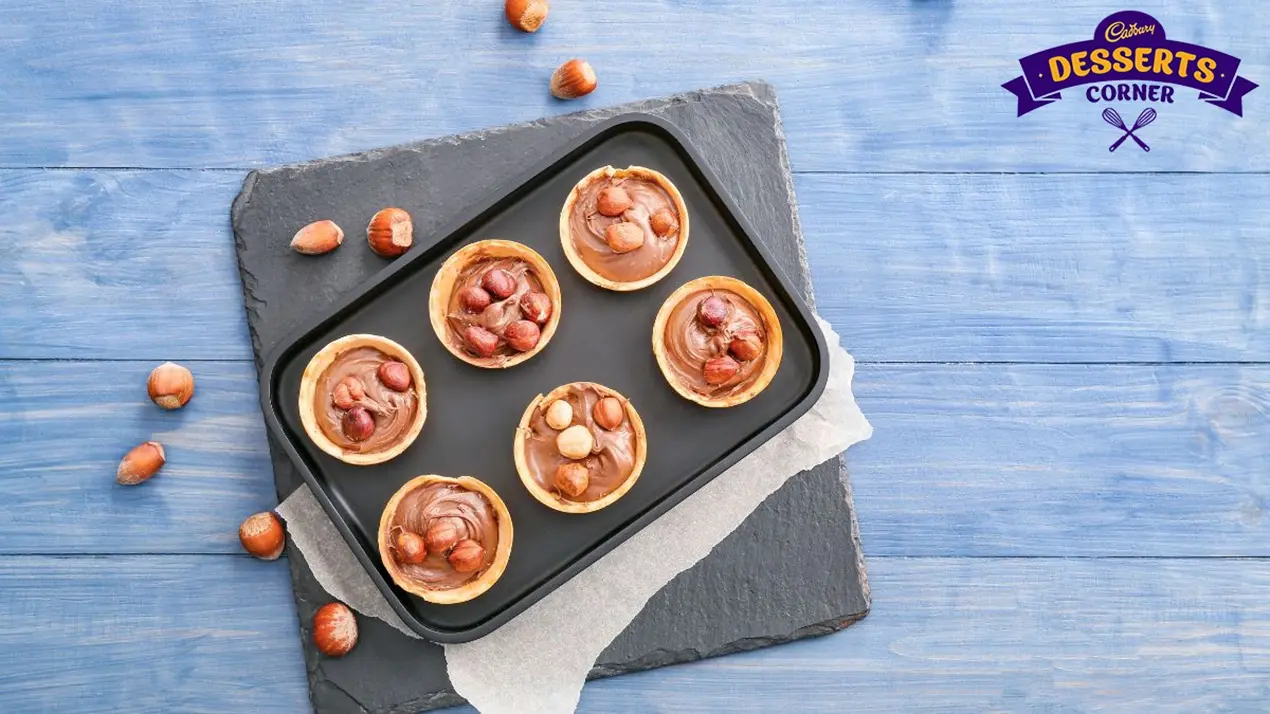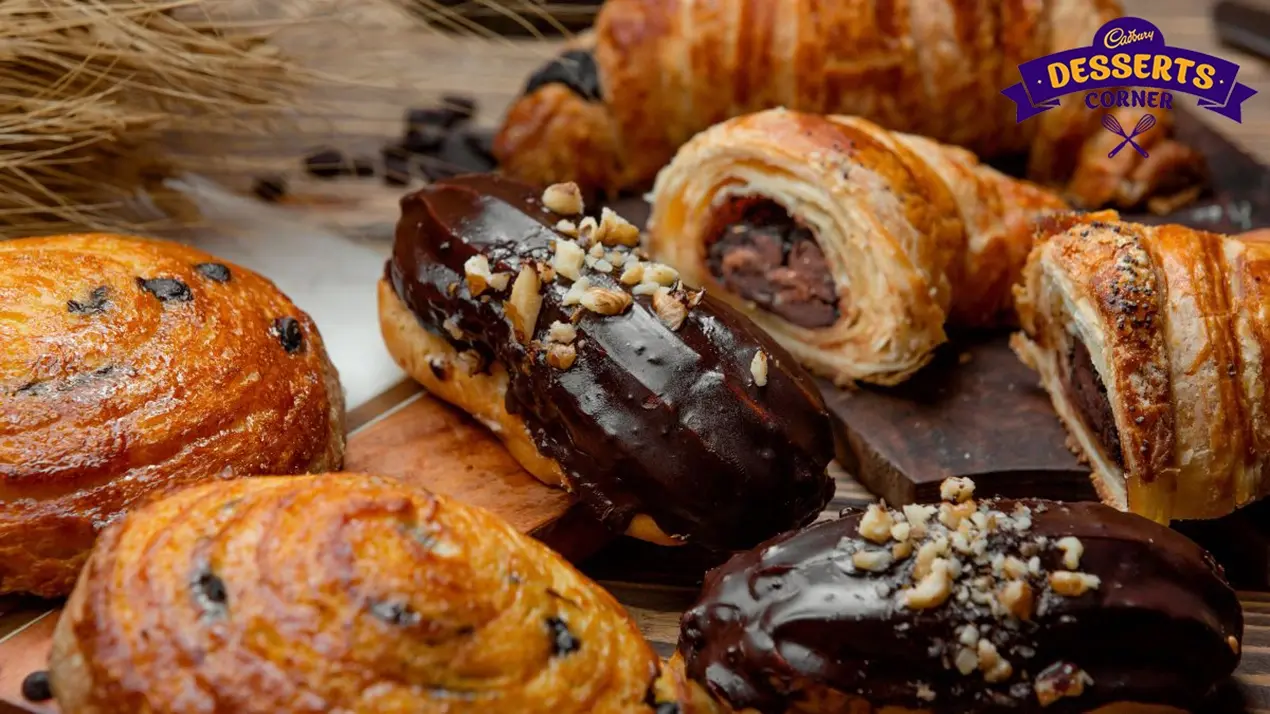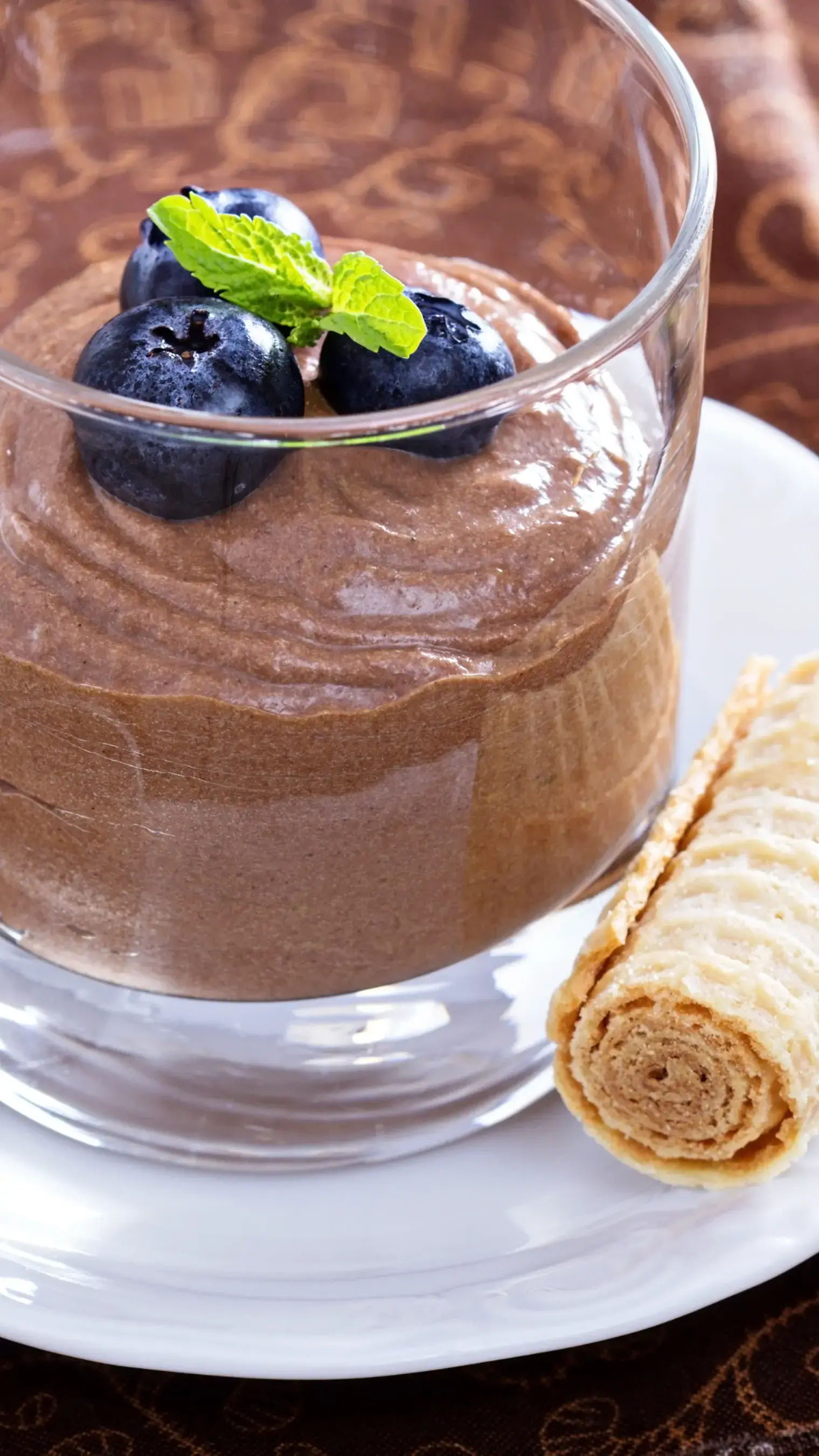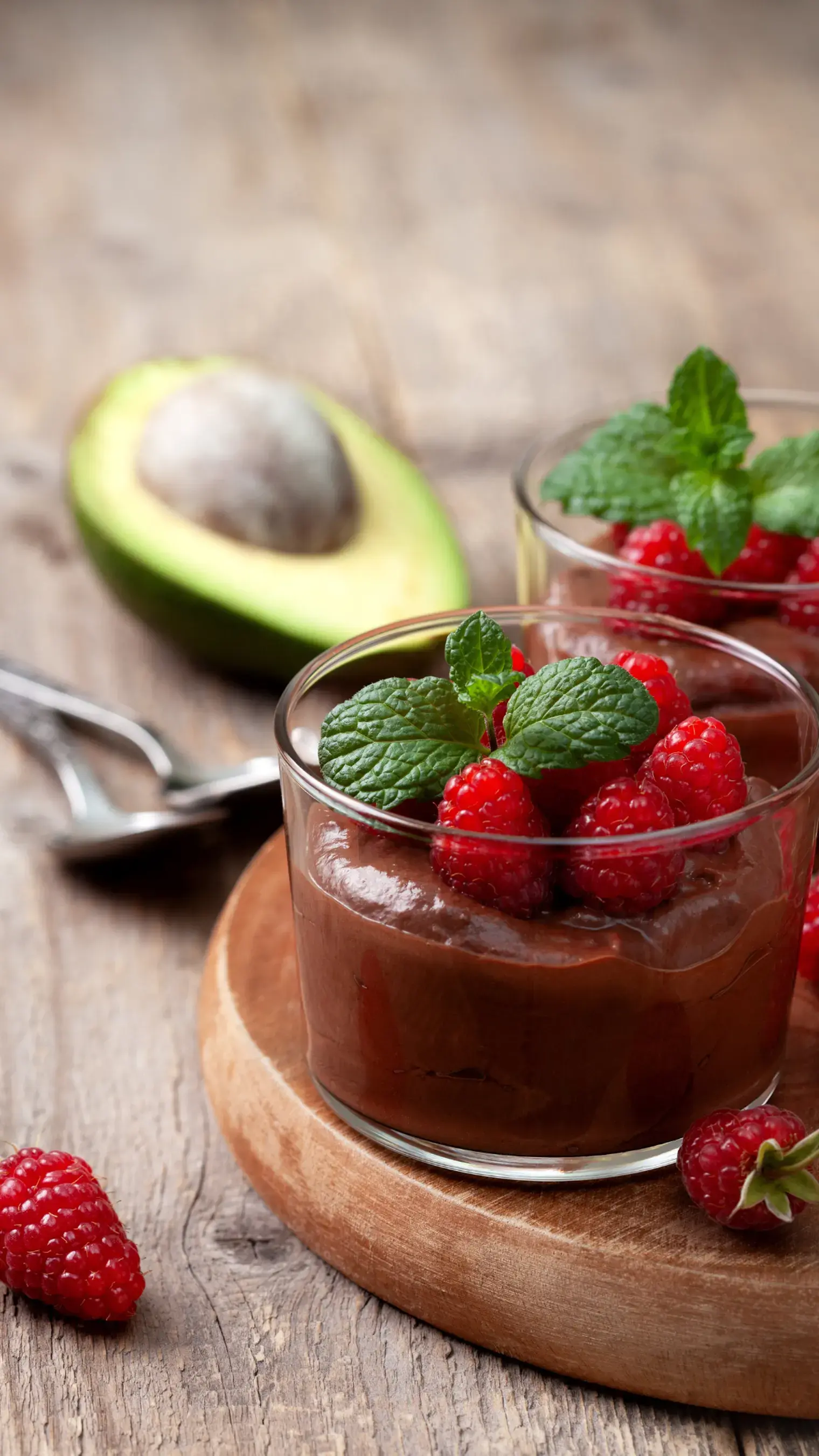Transform Your Baking: Healthier Ingredients for Guilt-Free Treats and Well-Being

Introduction
In the captivating world of baking, the wonderful scent of baked goods often brings about a sense of comfort and nostalgia. However, amidst this indulgence there is a growing awareness of health and nutrition that is shaping our approach to baking. Just imagine infusing your creations with not only love but also a wealth of health benefits. This transformation from baking to a nutritious form is not just a passing trend but rather a lifestyle change that empowers us to enjoy our favorite treats, guilt free.
Nutrient Rich Flour Alternatives

The cornerstone of baked goods is flour and this is where the magic of health begins. Making the switch from refined flour to whole wheat flour is a step toward better health as it provides a richer supply of fiber and essential nutrients. Why stop there? Almond flour and coconut flour add a twist with their carbohydrate content and inclusion of healthy fats. These alternatives not only enhance value but also introduce unique textures and flavors to your baking.
Healthier Sweetness Options

Sugar, the sweetener often raises concerns about its impact on health. However, worry not! Nature offers alternatives that're healthier options. Using fruits such as bananas or apples which naturally offer sweetness can help reduce the need for added sugars. For those looking for a lower calorie option, sweeteners like stevia or monk fruit can be a surprise since they provide the sweetness without the calories. Incorporating these alternatives not only cuts down on sugar but also adds a subtle fruity touch that makes your baked treats even more tempting.
Healthy Fats for Flavorful Goodness
When it comes to adding flavor to your baked goods, you can swap out butter and margarine for healthier fats without sacrificing taste. Avocado is a substitute, thanks to its texture and neutral flavor. Packed with monounsaturated fats, it brings moisture and richness to your bakes. Olive oil is another choice in savory baked goods, as it infuses them with its unique aroma and heart healthy fats.
Incorporating Protein and Fiber
To make your baked goods more nutrient rich and satisfying as snacks, consider adding protein and fiber. Chia seeds, flaxseeds or oats can easily be incorporated into recipes to boost their fiber content while providing a crunch. When it comes to protein options, almond butter or Greek yogurt are choices because they not only contribute protein but also lend a moist and dense texture to cakes and muffins.
Experimenting with Spices and Herbs

Get creative by experimenting with spices and herbs. The significance of spices and herbs in enhancing the value of goods is often underestimated. Cinnamon, nutmeg and ginger not just add a warmth and depth of flavor but also possess anti-inflammatory properties. Fresh herbs like rosemary or thyme can elevate a bread to a gourmet delight by introducing layers of flavor alongside health benefits.
Embracing the Addition of Vegetables and Fruits
Integrating vegetables such as zucchini or carrots into cakes, bread or muffins serves as a method to boost content while retaining moisture and taste. Similarly, incorporating fruits like berries or diced apples imparts sweetness, vitamins and antioxidants to your treats creating a blend of flavors and wellness.
Conclusion
As we enter this era of health baking, it's not solely about substituting ingredients; it's about reimagining baking as an art that nourishes both the body and soul. The transformation of recipes into healthier versions is an imaginative journey filled with delightful discoveries and flavors. It involves crafting goods that not tantalize our taste buds but also contribute to our overall well-being. This balance between health and taste represents more than accomplishment; it symbolizes our evolving relationship with food – one where indulgence and well-being coexist harmoniously in every delicious bite.
Like This Article?
More Like This


Popular Articles




Trending Web Stories
Curated Recipes





















